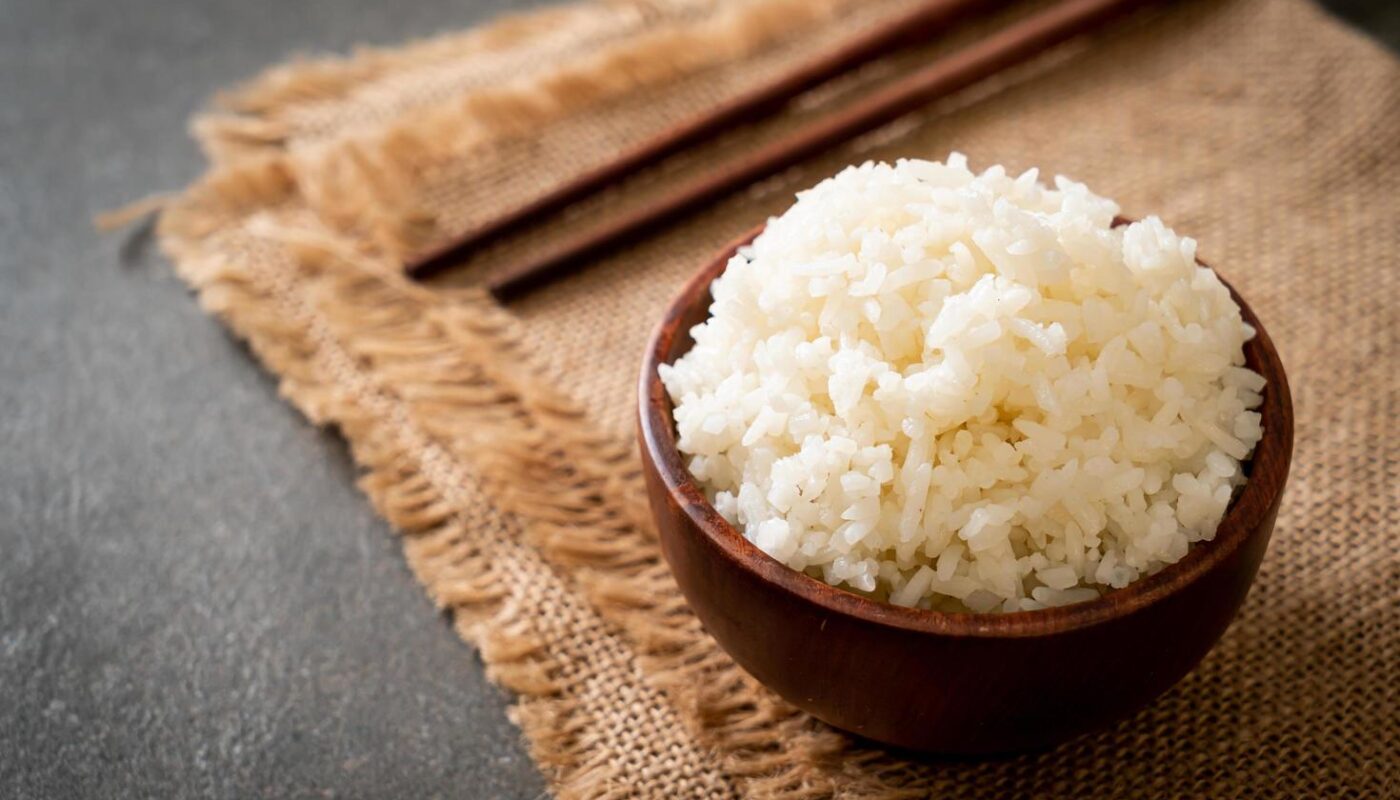Sushi is a delightful culinary art form that has captivated food enthusiasts around the world. One of the wonderful aspects of sushi is the customizable nature of its ingredients, allowing you to cater to diverse tastes. An increasingly popular choice for enhancing sushi is furikake rice for sushi. This magical seasoning adds a burst of flavor and texture to your sushi creations, taking them to delightful new heights. Lets delve into the fascinating world of furikake and its role in elevating your sushi experience.

What is Furikake?
Furikake is a traditional Japanese condiment typically consisting of a mixture of dried fish, sesame seeds, chopped seaweed, sugar, salt, and monosodium glutamate. It is commonly used as a seasoning to sprinkle over cooked rice, vegetables, and fish. The ingredients can vary, offering a splendid array of flavors. The word furikake translates to a sprinkle in English, which perfectly encapsulates its use.
History and Origins of Furikake
The history of furikake dates back to the early 20th century. It was originally created as a way to make rice more flavorful while also increasing nutritional intake, particularly calcium. Over the years, it has evolved with different regional variations and flavors, becoming a staple in Japanese households.
Bringing Furikake to Sushi
Incorporating furikake into sushi is a contemporary twist on traditional sushi preparation. The use of this seasoning not only adds a flavor profile but also makes every sushi bite a delightful explosion of taste and texture. Furikake rice for sushi involves sprinkling the seasoning on the rice, either before it is rolled with other ingredients or as a finishing touch.
Choosing the Right Rice
The foundation of great sushi is undoubtedly the rice, and choosing the right type is essential. For sushi, short-grain Japanese rice is preferred due to its sticky texture which easily absorbs the flavors of the furikake. For insights into selecting the best rice for sushi, you can refer to this guide.
Preparing Sushi Rice
Preparing sushi rice with furikake involves cooking the rice and allowing it to cool before gently mixing in rice vinegar, sugar, and a pinch of salt. Once your sushi rice is ready, it’s time to incorporate the furikake.
The Varieties of Furikake Flavors
Furikake comes in various flavors, each offering unique tastes and depth of flavor. Common varieties include:
- **Nori** (seaweed) furikake: A classic and gentle flavor that’s both umami-rich and savory.
- **Katsuo** (bonito) furikake: Has a rich, smoky flavor owing to dried bonito fish flakes.
- **Sake** (salmon) furikake: Offers a fishy kick that complements sushi beautifully.
- **Shiso** (perilla) furikake: Adds a minty, fragrant taste, perfect for a refreshing sushi experience.
Each variety brings its distinct character to the sushi, providing sushi lovers with delightful options to explore.
Benefits of Using Furikake
- **Flavor Enhancement**: An explosion of flavors that complement the natural taste of seafood and other sushi ingredients.
- **Nutritional Content**: Packed with essential nutrients, including vitamins and minerals, enhancing the nutritional content of your meal.
- **Visual Appeal**: The addition of furikake gives sushi a vibrant appearance, making it visually enticing and setting a lively mood as you dine.
How to Use Furikake Rice for Sushi
Using furikake rice for sushi can be a straightforward yet elevating experience:
Step 1: Selecting Your Ingredients
Start by choosing your preferred type of furikake. Aim for a flavor profile that aligns well with the sushi ingredients you plan to use.
Step 2: Preparing the Rice
Cook your desired amount of sushi rice, letting it cool slightly before mixing with your choice of rice vinegar. Ensure the grains remain separate but slightly sticky.
Step 3: Sprinkling Furikake
Evenly sprinkle the furikake over the cooked rice. Be generous so that each grain carries a hint of seasoning, enhancing each bite’s overall flavor.
Experimenting with Different Combinations
Part of the fun with sushi is creativity. Consider trying various combinations by pairing different types of furikake with a range of sushi ingredients, from traditional choices like tuna and cucumber to more adventurous options such as smoked salmon or even avocado.
For inspiration, check out some unique sushi topping alternatives illustrated in this resource.
Serving Suggestions
When serving sushi with furikake seasoning, opt for a minimalist presentation that allows the colors and texture of the rice to stand out. Garnishing with pickled ginger and soy sauce can enhance the tasting experience even further.
Storage and Shelf Life of Furikake
It is essential to store furikake properly to preserve its taste and quality. Keep it in a cool, dry place, ideally in a sealed container to retain its freshness. Typically, it has a long shelf life if stored correctly, but using it within the suggested period ensures optimal flavor.
Where to Buy Furikake
Furikake is widely available in Asian grocery stores and online. Favor reputable brands to ensure you’re getting a quality product that will complement your sushi perfectly.

FAQs about Furikake Rice for Sushi
Can I make furikake at home? Yes, you can create your own furikake by combining dried ingredients such as seaweed, fish flakes, and sesame seeds according to your taste.
Is furikake gluten-free? Often yes, but always check the packaging to confirm if your specific brand is gluten-free, especially if you have dietary restrictions.
Can I use furikake on foods other than sushi? Absolutely! Furikake adds flavor to a variety of dishes, including plain rice, noodles, and even popcorn.
Conclusion
Incorporating furikake rice for sushi not only brings flavor but an artistic flair to your sushi-making endeavors. With its myriad flavors and nutritional benefits, furikake is an excellent way to enhance your culinary creations, allowing you to enjoy every bite of your sushi to the fullest. So go ahead, try adding some furikake the next time you make sushi, and elevate your dining experience to a whole new level.
This article contains affiliate links. We may earn a commission at no extra cost to you.

